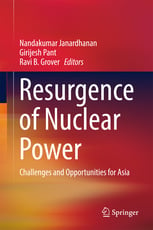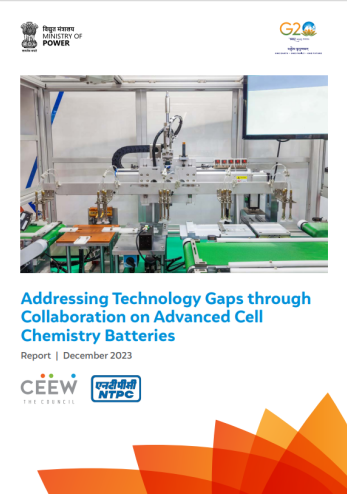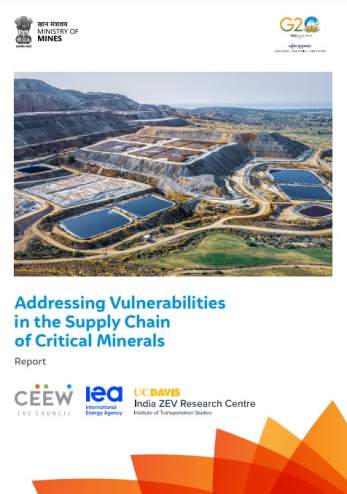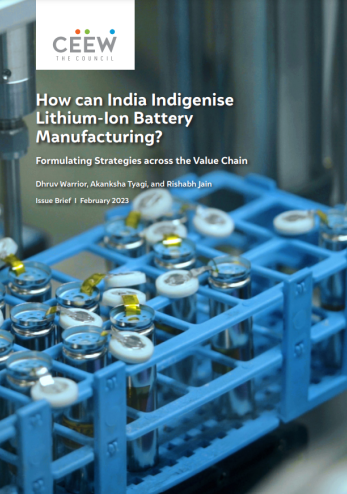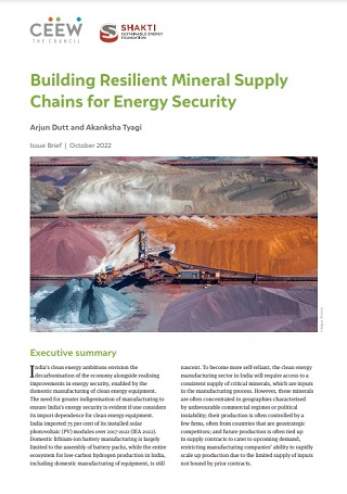Book Chapter
Small Modular Reactors
Does Asia Need This Technology Overhaul?
Karthik Ganesan
October 2017 | Technology Futures
Suggested citation: Ganesan, Karthik. 2017. “Small Modular Reactors - Does Asia need this technology overhaul?” In Janardhanan, Nandakumar, Girijesh Pant, and Ravi B. Grover, eds. Resurgence of Nuclear Power: Challenges and Opportunities for Asia. Singapore: Springer.
Overview
This book chapter discusses the feasibility of nuclear in the energy mix of Asian economies. It focuses on the challenges and opportunities for Small Modular Reactors (SMRs) in Asia, and explores to what extent the public perception is in favour of using nuclear energy in the region.
Key Highlights
- For the SMR concept to succeed in Asia, it must satisfy the primary requirements of increased safety (as compared to conventional nuclear power plants), simplicity in construction and operation. It must be comparable in economic terms with conventional nuclear power plants (NPPs) (after factoring in the pros and cons of economies and financing).
- SMRs could potentially be taken up by small utilities or electricity cooperatives which cater to the needs of a small community, but one which is too large to rely only on renewable energy (RE). Remote locations, where maintenance-free solutions are required could also be served by SMRs.
- SMRs certainly have the potential to address the issue of energy access and provide for productive use of energy in remote communities. It can also address some of the issues of variability that are associated with renewable energy installations. An SMR has the potential to play the role of ‘Energy from a Box’ and offers various combinations of heat, power, and cooling based on the requirements of the areas being served.
- Energy security is not necessarily addressed by SMRs (when compared to RE or conventional NPPs) with increased reliance on imported modules, that are unlikely to be manufactured domestically for want of economies of scale and specialised manufacturing and materials.
- There are bound to be technical and institutional challenges that will arise as and when SMRs come up for approval and licensing in various countries. Most significantly, the availability of a trained human resource base, that can help manage the installations and ensure smooth functioning, is one aspect that Asia needs to give importance to—especially those countries that do not have an active civilian nuclear energy program.
- The delivered cost of energy is one of the important factors that determine public acceptability. In theory, SMRs could be cost competitive with large Light-Water Reactors (LWRs).
For the SMR concept to succeed in Asia, it must satisfy the primary requirements of increased safety, simplicity in construction, operation, and must be comparable in economic terms with conventional nuclear power plants.




